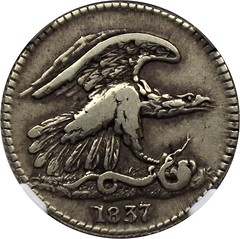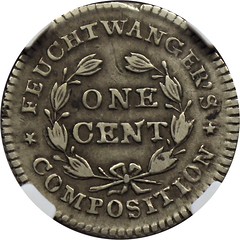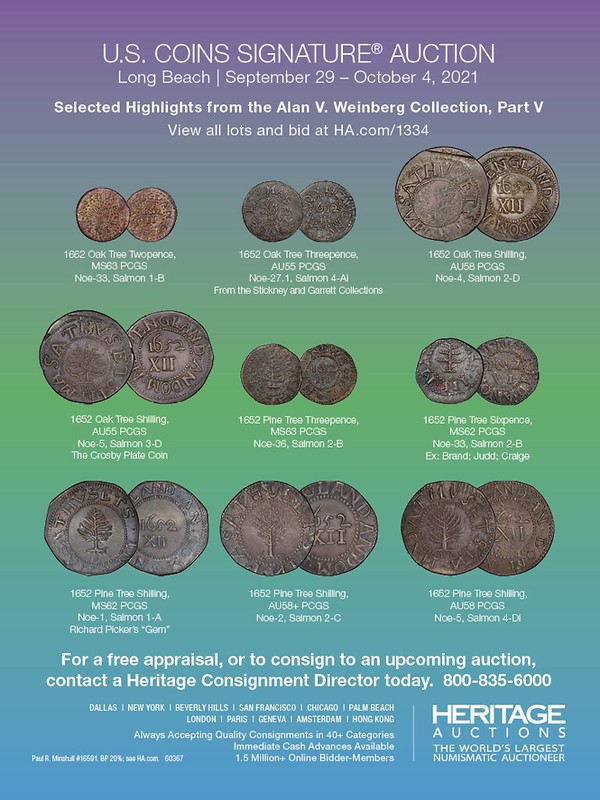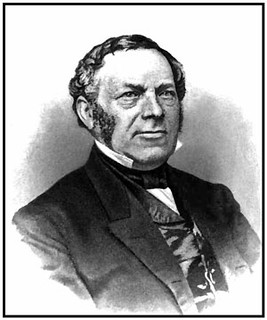
PREV ARTICLE
NEXT ARTICLE
FULL ISSUE
PREV FULL ISSUE
VOCABULARY TERM: FEUCHTWANGER COMPOSITIONHere's another entry from Dick Johnson's Encyclopedia of Coin and Medal Terminology. I added images of Feuchtwanger and one of his tokens. -Editor
Unsuccessful at the U.S. Treasury, he turned to private industry, but his proposed alloy was not immediately put to commercial use. In effect, Feuchtwanger was just slightly ahead of his time. What he proposed was one of many formulations of german-silver, or what we called today nickel-silver. It was a hard wearing formula, ideal for badges and such. 

References:
To read the complete entry on the Newman Numismatic Portal, see:

Wayne Homren, Editor The Numismatic Bibliomania Society is a non-profit organization promoting numismatic literature. See our web site at coinbooks.org. To submit items for publication in The E-Sylum, write to the Editor at this address: whomren@gmail.com To subscribe go to: https://my.binhost.com/lists/listinfo/esylum All Rights Reserved. NBS Home Page Contact the NBS webmaster 
|
